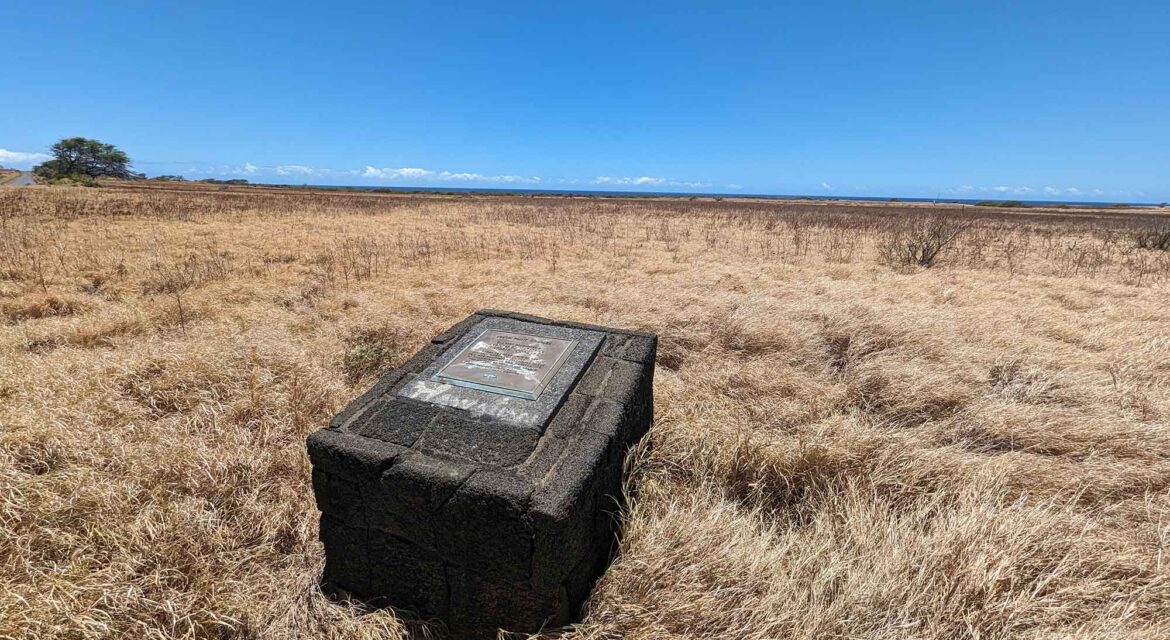 Individual and collective monuments have been enabled on account of their geographic distinction or political reality, attracting the attention of visitors from all over the world. Whether they’re based on the borders of a state or nation or are setup as a single monument or collective experience, these landmarks have created engagement and opportunities by utilizing little more than their location.
Individual and collective monuments have been enabled on account of their geographic distinction or political reality, attracting the attention of visitors from all over the world. Whether they’re based on the borders of a state or nation or are setup as a single monument or collective experience, these landmarks have created engagement and opportunities by utilizing little more than their location.
The South Point Complex on the island of Hawaiʻi (aka the Big Island) is especially distinct in this regard, as it is the southernmost point of the Big Island. However, it is also the most southern point in the state of Hawaii, and all of the United States. It is also one of of the more notable locations in all of Kaʻū, which is the largest and southern most district of the Big Island of Hawaii.
The distinction of the area is further highlighted by the natural cliffs and wide open plains as well as the remains of Kalalea Heiau, one of the earliest Hawaiian settlements. That is partially why the area, commonly known as the South Point Complex, was designated as a registered National Historic Landmark by the U.S. Department of the Interior in 1964.

 However, the only landmark that calls out this history is a small marker that is in poor condition. It is easy to miss amidst the open plains, surrounding cliffs and incredible scenes that define South Point Complex, providing visitors with a sense of the natural and cultural wonders that the site contains.
However, the only landmark that calls out this history is a small marker that is in poor condition. It is easy to miss amidst the open plains, surrounding cliffs and incredible scenes that define South Point Complex, providing visitors with a sense of the natural and cultural wonders that the site contains.
With plenty of space to create a single or collective monument that celebrates this legacy while making a connection to the present community, these undeveloped features highlight the incredible potential South Point Complex has to become a true destination for Kaʻū and the Big Island as a whole.

